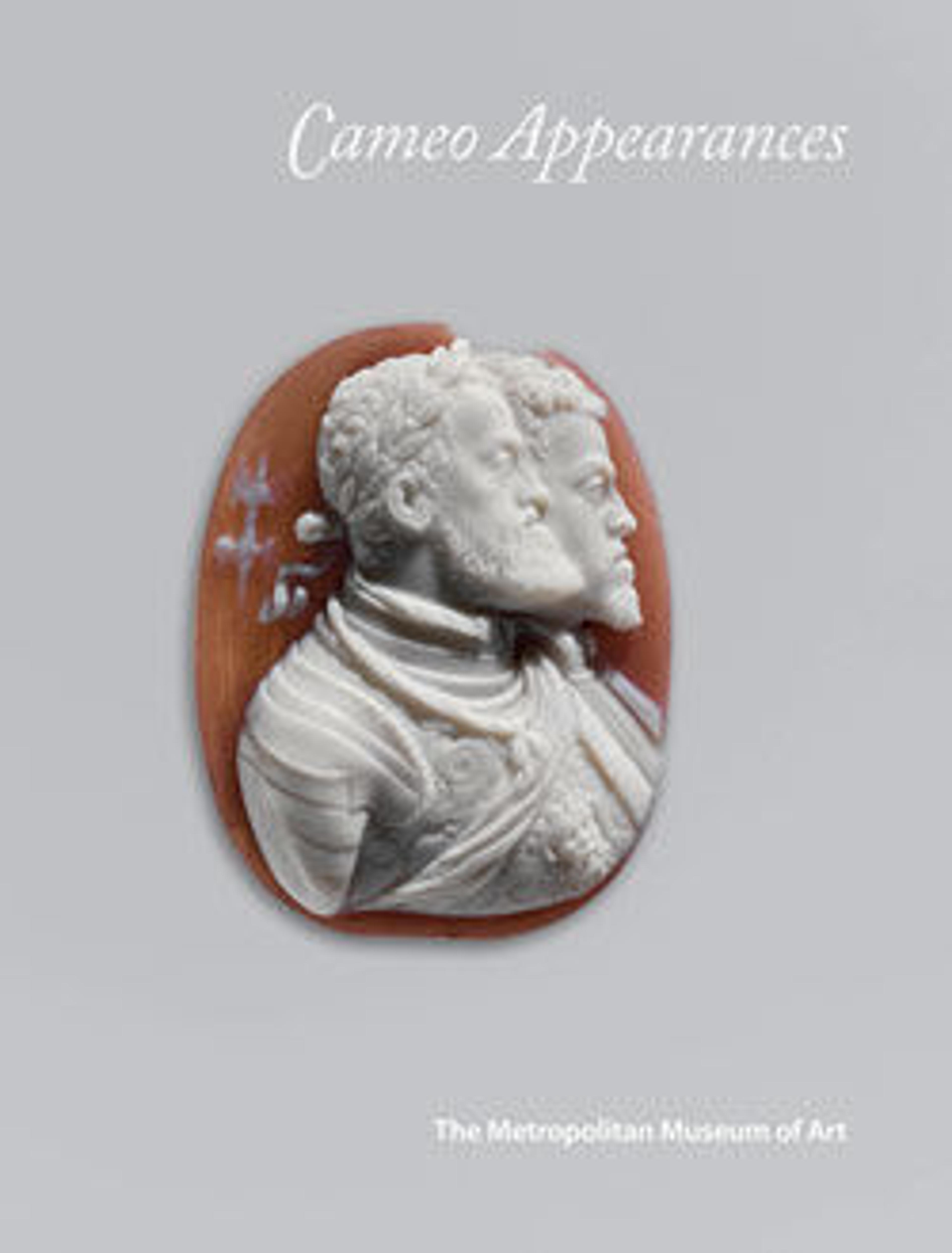The Fall of Phaeton
Phaeton, son of the sun god Apollo, rashly insisted on driving his father's chariot. Here, we witness the outset of his inexorable descent through the heavens after losing control of the quadriga. For this tour de force, Adolphe David drew on ancient glyptic typologies. He cut through three strata to set off the foremost horse and clouds in ocher and made reins from the threadlike remains of the middle white layer. Equally finely characterized at the top left are three signs of the zodiac. All are set against deathly, polished jet black. The sizable gem was conceived as an exhibition performance; David often showed cameos at the Paris Salon.
Artwork Details
- Title: The Fall of Phaeton
- Artist: Adolphe David (1828–1896)
- Date: third quarter 19th century
- Culture: French, Paris
- Medium: Sardonyx
- Dimensions: Overall: 3 x 2 3/16 in. (7.6 x 5.6 cm); 76.3 x 56.2 x 7.1 mm
- Classification: Lapidary Work-Gems
- Credit Line: The Milton Weil Collection, 1940
- Object Number: 40.20.12
- Curatorial Department: European Sculpture and Decorative Arts
More Artwork
Research Resources
The Met provides unparalleled resources for research and welcomes an international community of students and scholars. The Met's Open Access API is where creators and researchers can connect to the The Met collection. Open Access data and public domain images are available for unrestricted commercial and noncommercial use without permission or fee.
To request images under copyright and other restrictions, please use this Image Request form.
Feedback
We continue to research and examine historical and cultural context for objects in The Met collection. If you have comments or questions about this object record, please complete and submit this form. The Museum looks forward to receiving your comments.
